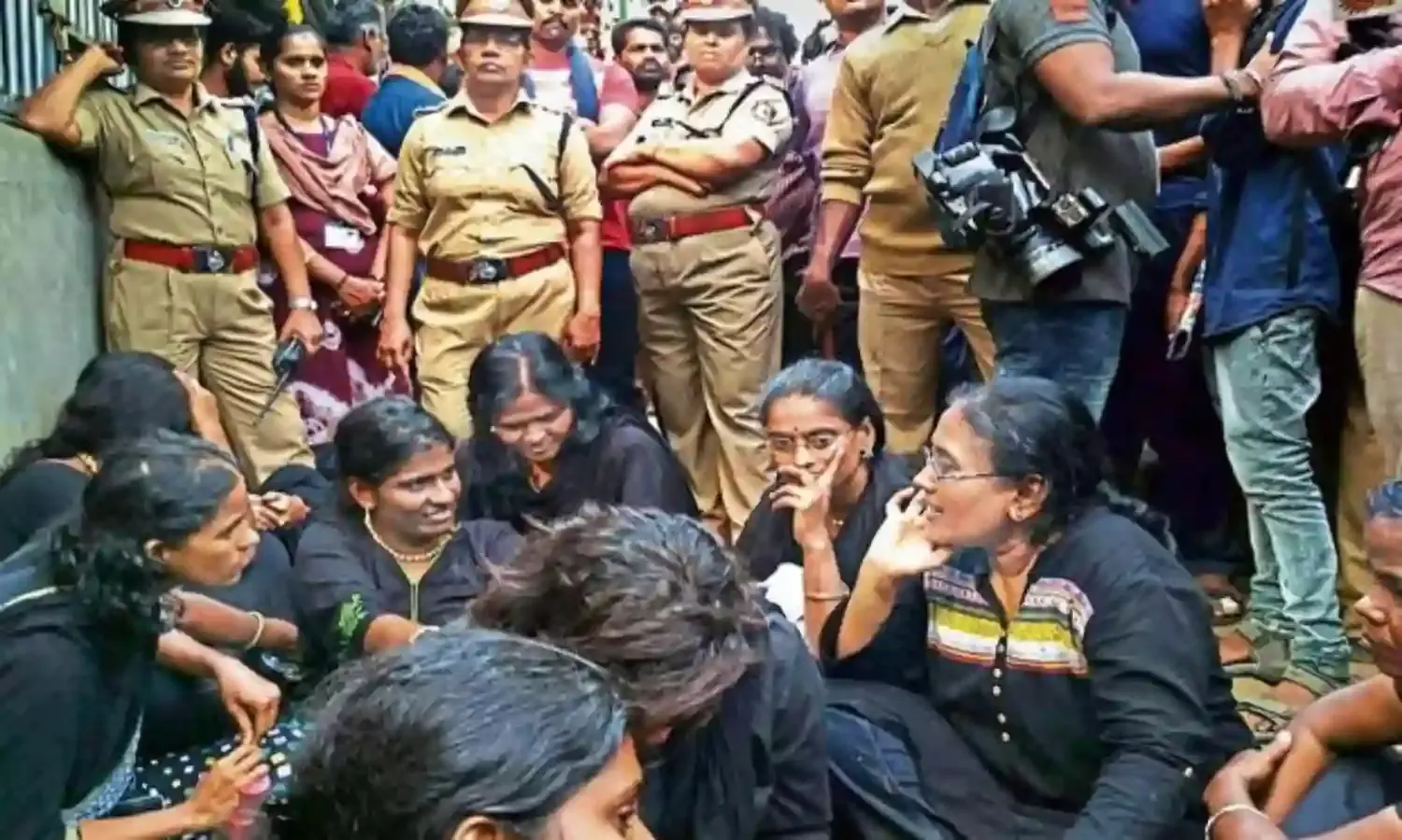Supreme Court’s Sabarimala Review Carries a Number of Hidden Dangers
‘The Constitution represents a charter of power granted by liberty, not a charter of liberty granted by power’

In September last year the Supreme Court delivered a historic judgment upholding the right of women between 10 and 50 years of age to enter the Sabrimala temple in Kerala.
However, the apex court’s recent verdict on a review petition undermines its position as the guardian of women’s rights.
By a 3:2 majority the court held that the review petition will remain pending until certain issues it referred to a seven-judge bench are decided.
It is a settled position in law that a review petition can be allowed only if there is a material error manifest on the face of the judgement, or the discovery of important new evidence or facts. But in the present review petition, neither of the two conditions were met.
In his dissenting judgment with Justice D.Y.Chandrachud, Justice R.F.Nariman satisfactorily put to rest the petitioner’s contentions as to the presence of some material error. Surprisingly, the majority judgment is completely silent as to the admissibility of the review petition in the absence of any manifest error or new grounds.
Therefore, in not disposing of the review petition, the majority failed to appreciate the contours of a review petition.
The legality of referring a review petition to a larger bench is also debatable. The Supreme Court Rules of 2013 require review petitions to be placed, as far as practicably possible, to the same bench that delivered the original judgment.
Hence, referring a review petition to a bench larger than the one that heard the original case appears on the face of it to be beyond the scope of a review petition.
The majority (CJI R.Gogoi and Justices A.M.Khanwilkar and I.Malhotra) reasoned that reference to a larger bench would instil public confidence. But in fact the decision might lead to scepticism amongst the public regarding the veracity of the original judgement.
The only people who might be empowered by the recent judgment are the ones violating the directions of the apex court and forcibly preventing the entry of women into the temple.
It is interesting that while the minority judgment deals extensively with the failure of the executive to thwart the attempts of certain anti-social elements to prevent the implementation of the court’s 2018 order, the majority is completely silent on it.
The majority judgment further clubs the question of certain controversial religious practices, up before it for consideration, with the Sabarimala issue. It held the ban on the entry of Muslim women into dargahs or mosques and that of Parsi women married to a non-Parsi into agyaris to be similar to or the same as the Sabarimala issue. It is even more startling that the majority went on to include the deplorable practice of female genital mutilation amongst Dawoodi Bohras to this list.
While the underlying concern in all these issues remains the extent of judicial interference into such discriminatory religious practices, they are fundamentally different and cannot be clubbed together.
The present case deals with the entry of women into one specific temple. Women are allowed to enter various other Lord Ayappa temples throughout the country. But the other issues referred to pertain to pervasive discriminatory practices thought to be accepted by many members of that community. For instance, the prohibition on Muslim women’s entry is not limited to any one mosque, but is a pervasive practice.
Furthermore, judging all these practices by the same standard will contravene the secular ethos of the Indian legal system. Each religion has its own values, ideas and philosophy. Clubbing these issues might lead to the imposition of the value system of one religion upon another.
Interestingly, two of the aforementioned issues were already pending before the apex court when the original judgment was given in 2018. So it is surprising why it’s only now that these issues are sought to be clubbed with the Sabarimala issue.
In the words of jurist Nanabhoy Palkhivala, “The Constitution represents a charter of power granted by liberty, and not a charter of liberty granted by power.”
The liberty of people lies at the heart of the Indian Constitution. The idea of liberty is inextricably linked to equality—there can be no liberty without equality. Therefore, the right of every individual to be treated equally is paramount, and cannot be made subordinate to the right to practise one’s religion.
The Constitution of India is an aspirational document. It was intended to act as an instrument of social change, as a transformative constitution.
For the many who believe that religion is the source of the majority of social vices and inequality, the goal of a just and fair society cannot be achieved without giving primacy to constitutional morality over religious moralities.
The Supreme Court’s 2018 judgment in the Sabrimala case was a landmark in the realisation of constitutional morality. However, the majority judgment in the present case is clearly retrogressive.



